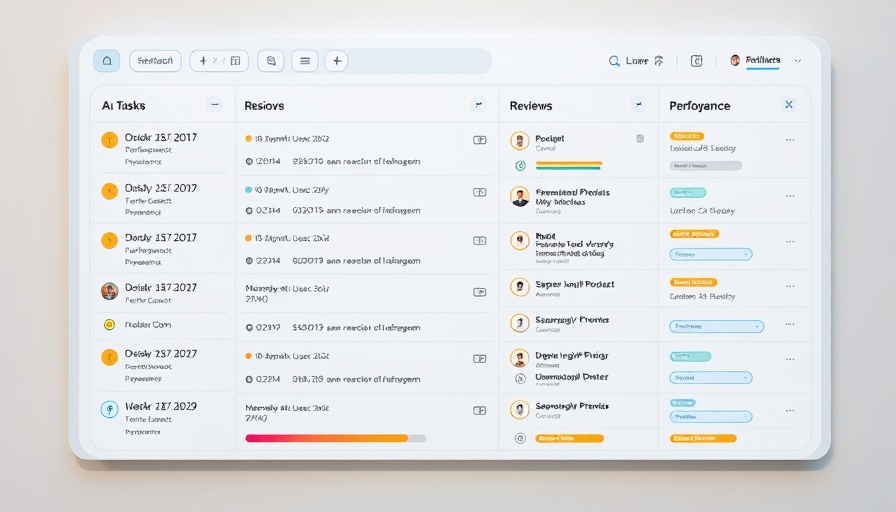
Understanding Employee Write-Ups: Why They Matter for Business Growth
In today's rapidly evolving business landscape, effective employee management is crucial. For companies in the $2M to $10M revenue bracket, nurturing a productive workforce not only fuels growth but also enhances operational resilience. Employee write-ups serve as a critical tool for HR and managers, helping foster accountability, clarity, and open communication.
Streamline Your Processes with Employee Write-Up Templates
Implementing an employee write-up process doesn't have to be daunting. By utilizing templates, businesses can standardize disciplinary practices, ensuring consistency across the board. Templates provide structure and clarity, enabling managers to articulate issues clearly and fairly, minimizing misunderstandings.
Benefits of Using Templates for Employee Management
Leveraging employee write-up templates not only saves time but also enhances the quality of communication within teams. Managers can easily address performance issues, behavioral concerns, and other critical feedback through predefined formats that guide them through the necessary steps. This not only ensures compliance with workplace regulations but also encourages an open dialogue around performance improvement.
Implementing Write-Ups: Best Practices for HR Managers
Here are some best practices to keep in mind when implementing employee write-up templates:
- Be Clear and Concise: Use templates that allow for straightforward language to avoid ambiguity.
- Document Regularly: Regular documentation helps track employee performance over time, making it easier to identify patterns.
- Engage Employees: Include employees in discussions surrounding their performance to foster a more collaborative atmosphere.
Real-World Use Cases and Success Stories
For example, a mid-sized tech company implemented a structured write-up process that resulted in a 20% reduction in employee turnover. By clearly communicating expectations and addressing issues proactively through write-ups, they fostered a culture of accountability and improvement within their teams.
Future Trends in Employee Management
As organizations continue scaling, the role of structured employee write-ups will evolve. With the integration of software tools for employee management and project collaboration, businesses will likely see enhanced workflows that streamline performance evaluations and promote transparency. Emerging technology in HR management will emphasize robust data analytics, helping businesses make informed decisions about their workforce.
Call to Action: Take Charge of Your Employee Management Now!
If you're eager to improve operations, consider implementing standardized employee write-up templates in your business practices today. By adopting these tools, you can streamline your workflows, enhance communication, and foster a culture of accountability that propels your business toward success.
 Add Row
Add Row  Add
Add 



Write A Comment